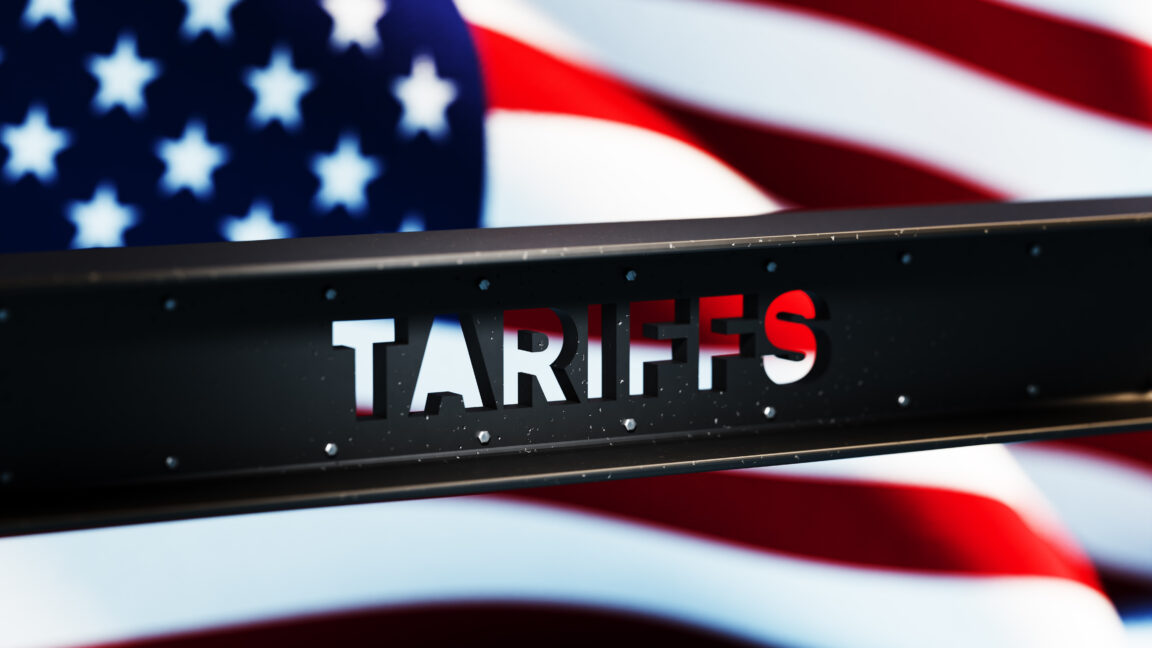
Yesterday afternoon, once the markets were closed and could no longer react immediately, US President Donald Trump announced that starting on April 2, all imported automobiles and many imported car parts will now be subject to an extra 25 percent tariff. Despite Trump’s rhetoric during his election campaign and since taking office, tariffs are paid for by those importing the goods, not the exporters, so we can look forward to most new cars and trucks—and their maintenance costs—getting a lot more expensive.
During his first term in office, Trump started trade wars with key US trading partners like Canada, the European Union, and China. Upon his return in 2025, more trade wars have been the name of the game. A 25 percent tariff on all imports from Canada and Mexico was threatened and then implemented at the beginning of March, before being partially reversed just two days later. Additionally, a 10 percent tariff on Chinese exports was also levied.
Less than two weeks later, a new 25 percent tariff on all steel and aluminum imports also joined the club.
Imported cars are a national security threat, apparently
In his executive order announcing this latest upcharge on US consumers, Trump repeatedly refers to a report from 2019 from his then-commerce secretary, claiming that “automobiles and certain automobile parts are being imported into the United States in such quantities and under such circumstances as to threaten to impair the national security of the United States.”
Since that report, the pandemic exposed vulnerabilities in the global supply chain, and because only half of the cars and trucks sold in the US are made domestically, that means tariffs are even more justified, the order claims, existing free trade agreements be damned.
“This will continue to spur growth like you’ve never seen before,” Trump said during a press conference.
The vehicle tariff goes into effect on April 2, with the tariff on car parts—”engines and engine parts, transmissions and powertrain parts, and electrical components”—coming no later than May 3. There is a partial exemption for vehicles that conform to the US-Mexico-Canada free trade agreement, but only for the percentage of US-made content (so a truck that had 45 percent US parts under USMCA would face a 25 percent tariff on 55 percent of its price).



















+ There are no comments
Add yours